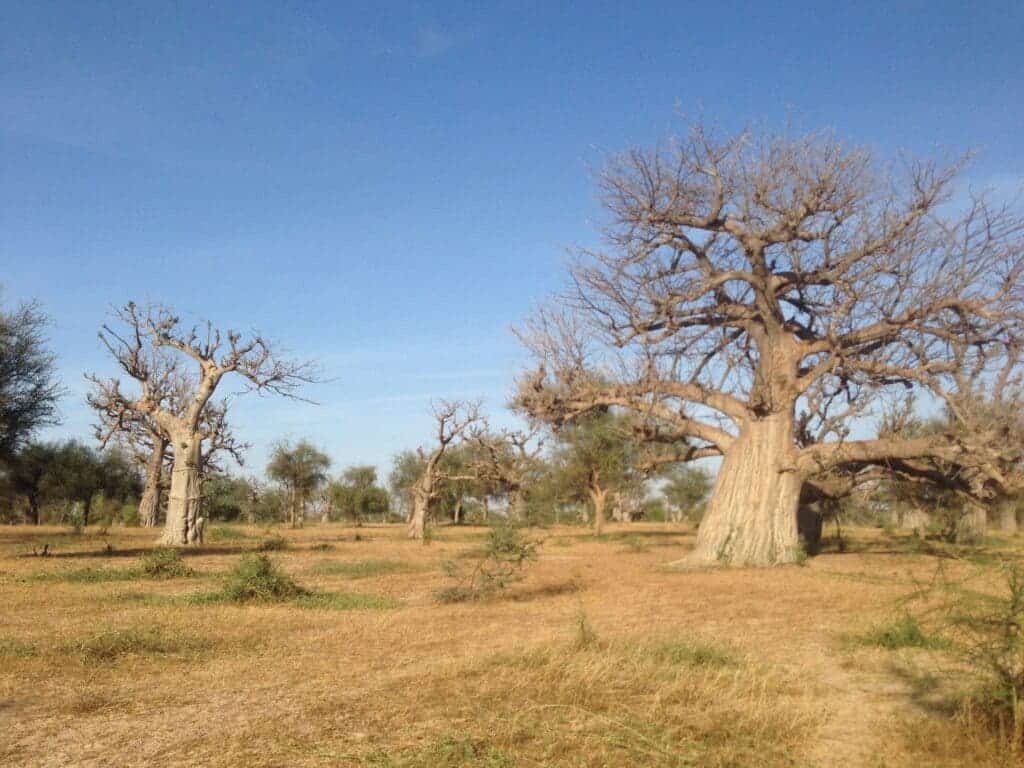As economies expand, so does air pollution, a product of larger fossil-fuel consumption by vehicles, industries, and homes. But a new study of air quality in Africa has found the exact opposite. Nitrogen oxide (a byproduct of combustion), is declining in the north equatorial part of the continent thanks to fewer people using fires to manage land.

Africa is not a big industrial polluter like the United States or China but it has long been subject to widespread biomass burning during the dry season. This is considered an effective and more importantly cheap method to clear land in preparation for the planting season. It also has the advantage of retaining the mineral nutrients of the soil.
But burning vegetation can also bring potentially serious consequences for human health and global warming. The fires for land management can combine with urban pollution from cars or factories and produce toxic air. Plus, the fires release carbon dioxide (CO2), a greenhouse gas that causes global warming, into the atmosphere.
Thinking of bush fires probably brings to mind images of the out-of-control blazes that happened over the past few years in Australia, which had more than 11 million hectares of bush, forest, and park burned. Nevertheless, north equatorial Africa is actually the region with the most biomass fires in the world, with 70% of the world’s burned land.
The region includes 15 countries from Senegal in the west to South Sudan in the east. An important part of the population lives as nomadic herders amid vast areas of savanna and grassland, traditionally setting fires during the dry season, which goes from November to February. Nevertheless, in recent years, the population has grown and savanna has transformed into villages and plots for crops, bringing social and economic changes to the area.
This has led to fewer people setting up fires to protect the infrastructure and their livelihoods, the new study has shown. Researchers found that from 2005 to 2017 there was a 4.5% overall decline in the region in lower-atmosphere concentrations of nitrogen oxides (NOx) during the dry season, which is the time when fires combine with urban pollution.
“The traditional paradigm is that as middle and low-income countries grow you often see more emissions, and to see a different kind of trajectory is very interesting,” Jonathan Hickman, a researcher at the NASA Goddard Institute for Space Studies who was the lead author on the study, said in a statement. “It’s nice to see a decline occurring when you’d expect to see pollution increasing.”
Scientists usually consider the density of NOx as a proxy for overall air quality. Once they are in the air, these pollutants are involved in chemical reactions that produce an array of other dangerous pollutants, including aerosols that damage crops and human health. The researchers used satellite data to measure gases present in the region’s air and to determine fire trends between 2005 and 2017.
Combining both sets of information, the researchers found that fire trends and the level of gases in the air were closely linked. The decline in NOx actually matched with the areas where population density and economic activity have increased, the study showed, according to economic and demographic data. That said, this could change in the mid-future.
As the population continues to grow and urbanize in the region, more people will be subject to concentrated urban pollution, which could cancel out the benefits of decreased fires, the researchers believe. Up to 80% of the power generated in Africa is from fossil fuels, particularly cars. A growing number of cars is being imported, driving up emissions from transportation.
The study was published in the journal PNAS.









